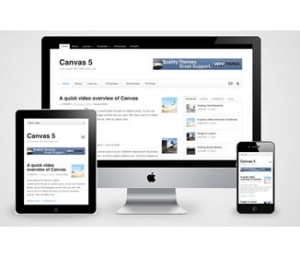Google’s Latest Update and your Business

If you didn’t already know, Google uses a secret algorithm to determine what should be displayed in a search query. The latest incarnation of this algorithm is called Hummingbird.
So what, I hear you say. Well if you are a business owner with a website, you should care because there is the potential that it will affect your search rankings and because of the way Google now deals with what it shows the searcher, it could also reduce traffic to your website.
This algorithm overhaul aims to limit the “fluff” that is sometimes present on a website purely for SEO, and filter that stuff out, so that the the searcher gets more relevant and useful search results.
The Hummingbird algorithm has moved away from traditional keyword analysis of the content, and now uses “conversational” techniques that are more in tune with what the searcher is looking for.
Google have found that user searches are becoming longer and very specific, so the new Hummingbird algorithm focuses on the searchers’ “intent” by trying to answer the searchers’ question.
How does the Hummingbird Update affect your Business Website?
This latest update will undoubtedly affect your current rankings.
It may be negative or positive, or in other words, your rankings may improve or get worse or a combination of both.
For those businesses that had poor rankings for generic non specific terms, you may well find that your rankings improve.
If you don’t want your rankings to suffer with this latest update, Businesses will need to rethink the content of their websites to come more into line on how people use the internet to search for goods and services.
Hummingbird places a higher emphasis on conversational techniques and natural language, and has been driving towards better support for longer search queries. Hummingbird takes this a step further by trying to provide answers to questions rather than finding matches for keywords.
This is because serving up results based on keywords does not always reflect what it is someone is searching for.
When formulating the content of your pages, you will need to consider what sort of questions will be asked by a searcher and incorporating the answers within your content.
What this means is that simply having content on a page for the sake of having content, does not have the same impact it once did.
Why Hummingbird may affect traffic to your website
One of the big changes that has come with the new update is the way Google displays information.
Search data may now be displayed to the right of the search results.
For example, if you type “Gravity” and then search, to the right of the search results you will see information from the IMDb website showing data from their website about the movie Gravity.
Now this may be great for the searcher, but what this means is that the searcher is now less likely to visit the IMDb website.
Other things that may be displayed in the Brave New World of Google Search are things like links to YouTube videos or a link to “Watch It Now” on Google Play, ie. Google’s own content.
Wherever possible, you will now find Google trying to direct people to their own content rather than your website.
So what can your Business do?
Well not a great deal.
About all you can do is try and concentrate on the content, framing it in a way that answers questions people may be searching for, ensuring at the same time that it uses natural language without looking spammy and without keyword stuffing.
Stick to the other principles of SEO by including relevant images, videos, headings, page titles and page url’s.


 In this day and age, if you don’t have a website for your business, you are doing yourself a disservice. As our slides above say, Embrace the Online World and Take the Road to Success.
In this day and age, if you don’t have a website for your business, you are doing yourself a disservice. As our slides above say, Embrace the Online World and Take the Road to Success.